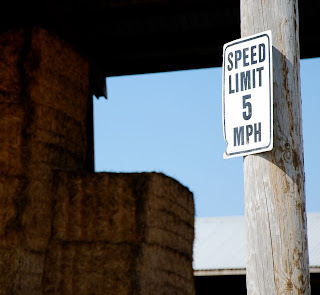No difference seen in regular, organic, and BST-free milks
Despite claims and/or inferences by those who market them, yet another scientific study has concluded that the only difference between BST-free or organic milk versus “regular” milk is their cost.
Writing in the May issue of the Journal of Dairy Science, Cornell University researchers said, “Results established that there were no meaningful differences that would affect public health, and all milks were similar in nutritional quality and wholesomeness.”
The researchers noted that consumers are becoming increasingly health conscious and food product choices have expanded, and choices in the dairy case include fluid milk labeled according to production management practices. Such labeling may be misunderstood and perceived by consumers to reflect differences in the quality or nutritional content of milk.
The study was a logistically daunting one: Buy samples of conventionally produced milk with no specialty labeling, milk labeled BST-free, and milk labeled organic; then analyze the fatty acid (FA) composition of all samples in a lab. A total of 292 samples were collected from stores in all 48 contiguous states.
“Without exception, the magnitudes of the differences in milk FA composition among milk label types were minor and of no physiological importance when considering public health or dietary recommendations,” concluded the researchers.
Labels: BST-free, Journal of Dairy Science, Organic



